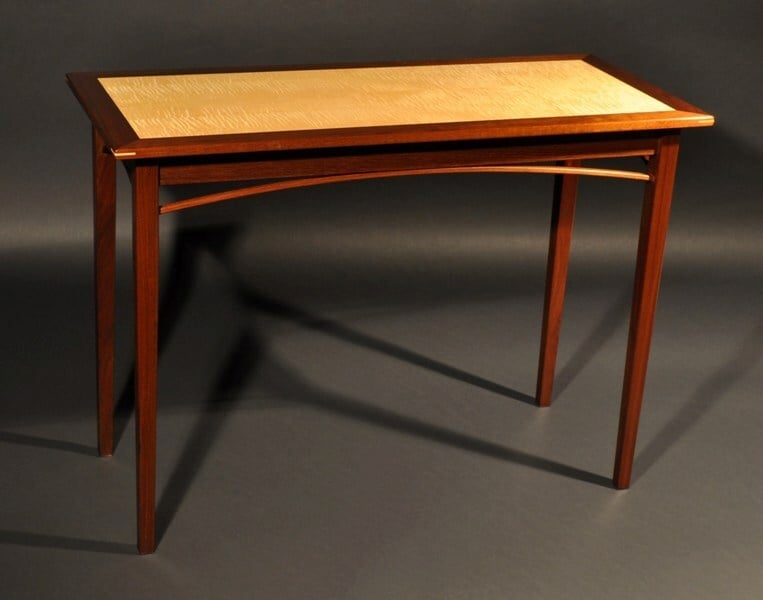I hate to say it, but it's probably an acceptable amount of flatness for a jobsite saw. I'm willing to bet their cast iron offerings have better tolerances. You do have the safety features, though.
Woodworking
A handmade home for woodworkers and admirers of woodworkers. Our community icon is a planter box made by @Captain Aggravated, the winner of our summer '24 woodworking contest. Congratulations!
Bro, you are busting out the straight edge and feeler gauges looking for sub mm precision on a portable saw?
If you are working with wood don't bother worrying that much. It's incredibly forgiving and having a little bit of slop frequently makes assembly and finishing easier.
If you need to cut things to the fraction of a mm or sub degree accuracy you should be using a mill.
Depends on what you wanna do, hobby some 3x4s together or building a hardwood dresser. From experience, the quarter mm you are over on one end is a not fitting drawer on the other. Wood is forgiving, alright, but the real fun begins when it's made precisely.
Very true. That being said my old man is a phenomenal carpenter/general contractor and as far as I'm aware all the cabinets and such he's ever built were assembled on the concrete floor of his garage. No where near as flat as that table saw top.
One of the things he tries to teach me was that keeping in mind and working with the limitations of your tools and materials is what makes the final piece come together as planned. The things I've seen him do with a jank jigsaw older than I am were impressive to say the least.
A shop built cab and a fine woodworking dresser are very different things and the tolerances are much tighter on one than the other. Kitchen cabinets have maybe one moving part, a door, and are usually painted, meaning gaps can be filled and tolerances can be lower. A dresser that's going to be finished with a stain needs to be made from hardwood, not plywood, and any moving parts like drawers need to be made with very close tolerances, especially if they aren't on mechanical slides. Hardwood expands and contracts a lot more than plywood, which also needs to be accounted for. Having built a lot of both I feel safe saying the table saw being flat might not matter for plywood cabinets, but absolutely does for hardwood furniture. Like, I used to shim my workbench back to true on humid mornings or the legs on a project might wobble causing me to think they're off. Everything has to be flat
I can't speak from extensive personal experience but having seen the stuff that he created I can say the flatness of his work area never seemed to bother him much or the final outcome. He made everything from huge custom kitchens to all hardwood boutique furniture and even fully functioning looms for Shaker Village. I used to have a ton of photos but they were lost with my old phone. This is the only one I've currently got. Obviously you can't tell the quality immediately from a photo but you can at least get an idea.

That's a really nice piece, and a testament to what a skilled woodworker can do with less than favorable environments/tools.
When I purchased my first woodworking equipment, I was thinking much more like an engineer than a craftsman. I pretty quickly found that wood is a fairly forgiving material, and being off by a few thousandths on a table saw isn’t usually a big deal. But, it depends on what you’re building and what other tools you have.
I have already contacted SawStop. Waiting to hear back.
The diagonal table flatness spec for the Sawstop Jobsite Pro is 0.033 inches. (The CTS doesn't have a specified flatness on the Sawstop site.) The gauges in your pictures are 0.015.
So yes, that is normal. Yours is twice as flat as the specified tolerance for a model that is twice the price.
Thanks very much for that info.